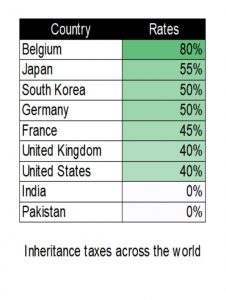Gulamgiri (Slavery) by Mahatma Jyotiba Phule stands as a revolutionary landmark in the history of Indian social reform literature. Written in 1873, this searing critique of caste discrimination remains one of the boldest indictments of systemic oppression. Phule’s work continues to resonate today, offering an unflinching examination of how religion, mythology, and education were manipulated to legitimise inequality. His commitment to justice, human dignity, and education for all laid the ideological foundations for later anti-caste movements in India.
 This review explores the context, content, and lasting impact of Gulamgiri (Slavery) while reflecting on its continuing relevance in contemporary society.
This review explores the context, content, and lasting impact of Gulamgiri (Slavery) while reflecting on its continuing relevance in contemporary society.





